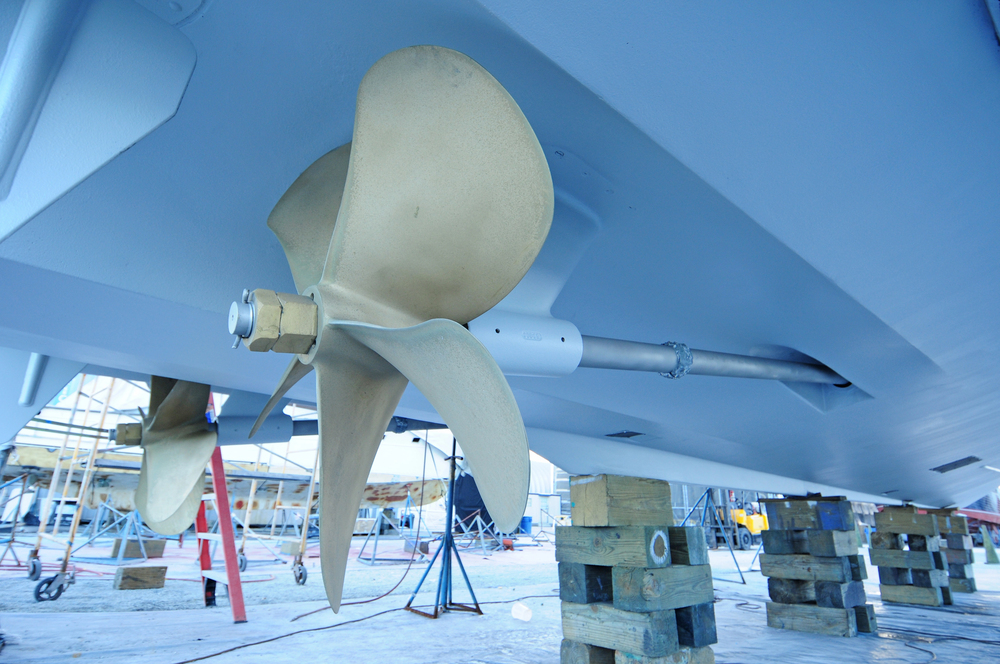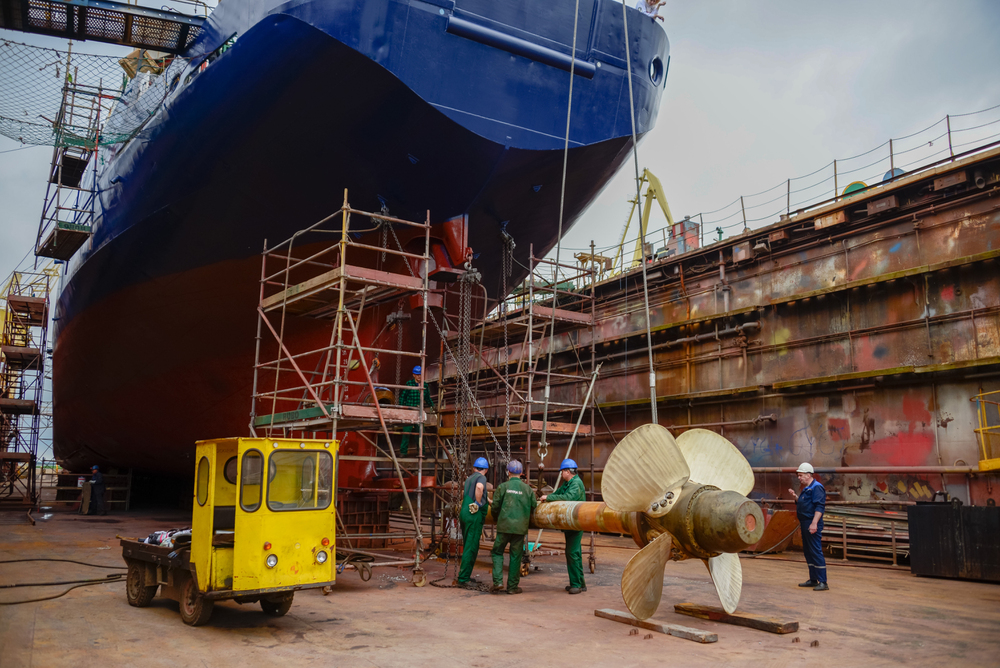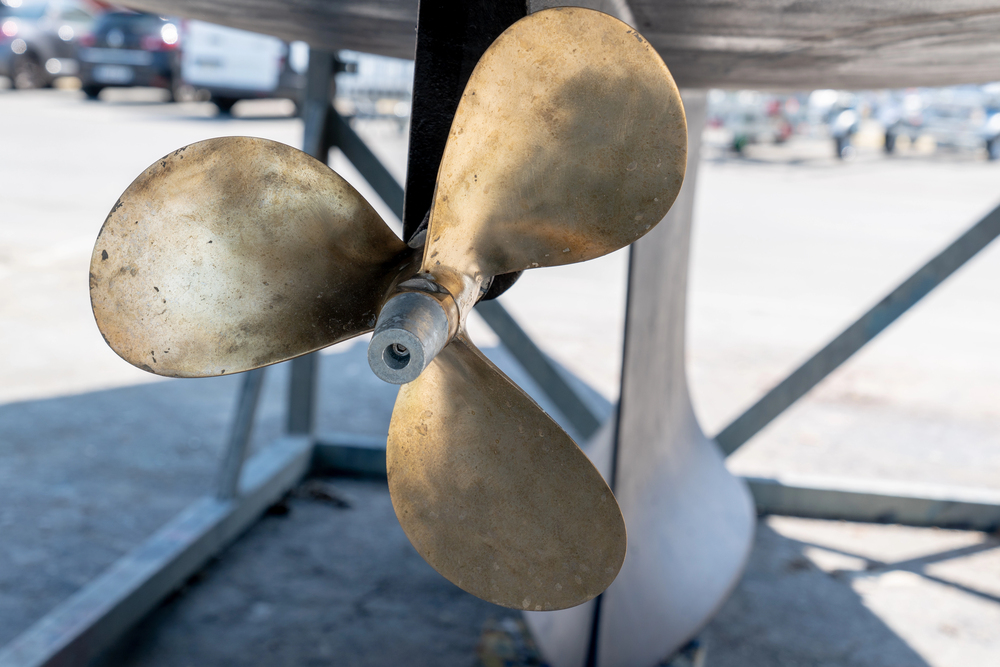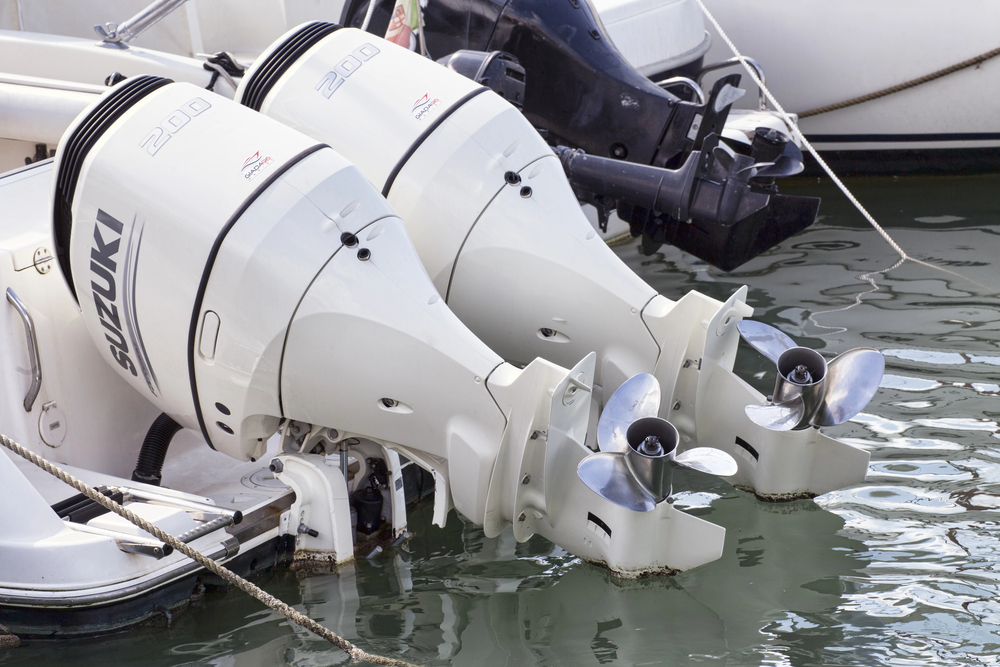Maintaining your marine vessel demands attention to every component, especially the propeller, which propels your boat through the water. A damaged propeller drastically reduces efficiency and compromises overall performance on the open seas.
Understanding the common issues and proper solutions for boat propeller repair ensures your vessel operates smoothly and powerfully. Owners of marine vessels and docks in Florida frequently encounter propeller issues that require specialized attention from skilled professionals. Ignoring even minor damage leads to more extensive problems and costly replacements down the line.
Common Signs Your Boat Propeller Needs Repair
You notice several indicators that suggest your boat propeller requires immediate attention and professional repair. A vibrating sensation felt throughout the vessel indicates an unbalanced or bent propeller blade disrupting the smooth operation of your boat.
Reduced speed and increased fuel consumption also point to a damaged propeller, as it struggles to efficiently move water. Strange noises coming from the stern, such as grinding or rattling sounds, signal loose or broken propeller components requiring prompt inspection. Visible nicks, dents, or chips on the propeller blades clearly show direct physical damage from impacts.
How to Inspect a Boat Propeller for Damage
Carefully inspect your boat propeller for any signs of damage whenever you pull your vessel from the water. Begin by thoroughly cleaning the propeller to remove any marine growth, dirt, or debris that might obscure minor flaws. Run your hand along each blade, feeling for any rough spots, sharp edges, or indentations that indicate impact damage.
Visually check for bent or twisted blades, which appear obvious when comparing one blade to another. Look for cracks extending from the hub or along the blades, as these compromise the structural integrity of the propeller. Rotate the propeller slowly to observe any wobble or uneven rotation, which signals a bent shaft or an imbalanced propeller.
Different Types of Boat Propeller Damage Explained
Boat propellers suffer various forms of damage, each requiring specific repair techniques to restore optimal function. Dings and nicks represent common issues caused by minor impacts with debris, leading to small indentations on the blade edges. Bent blades occur from more significant impacts, causing one or more blades to deform and disrupt the propeller’s balance and efficiency. Pitting appears as small holes or eroded areas on the blade surface, often resulting from cavitation, where water vapor bubbles collapse violently against the metal.
Cracks develop from severe impacts or metal fatigue, compromising the structural integrity of the propeller and making it unsafe for use. Corrosion forms on propellers exposed to saltwater, gradually deteriorating the metal surface and weakening the blades.
Tools Required for DIY Boat Propeller Repair
Undertaking minor boat propeller repairs yourself requires a specific set of tools to ensure proper execution and safety. You need a propeller puller to safely remove the propeller from the shaft without causing further damage. A rubber mallet helps gently tap components into place or remove stubborn parts. Various files and rasps allow you to smooth out rough edges and remove small dings or nicks from the blades.
Sandpaper of varying grits helps refine the blade surface after filing, ensuring a smooth finish. Safety gear, including gloves and eye protection, remains essential to protect yourself from sharp edges and metal filings during the repair process.
Step-by-Step Guide to Fixing Minor Propeller Dings
You can address minor dings and nicks on your boat propeller with a methodical approach, restoring its smooth surface. This process demands precision and attention to detail for the best outcome.
- Preparation: Begin by thoroughly cleaning the propeller blades with a wire brush and a degreaser to remove any marine growth, dirt, or oil. This step ensures a clean surface for repair, allowing better adherence of repair materials if needed. Carefully inspect the ding to determine its depth and extent of damage before you start working on it.
- Filing: Use a fine-toothed metal file to carefully smooth out the raised edges around the ding, working slowly and evenly. Keep the file flat against the blade surface, removing only the minimum amount of material necessary to level the area. Avoid filing too aggressively, as this removes excess material and alters the blade’s profile, negatively impacting performance.
- Sanding: After filing, switch to progressively finer grits of sandpaper to further refine the repaired area, ensuring a smooth finish. Start with a coarser grit and gradually move to finer grits until the surface feels completely smooth to the touch. This step helps eliminate any remaining imperfections and prepares the blade for potential polishing.
- Polishing: Apply a metal polish to the repaired area and buff it with a soft cloth to restore the propeller’s original shine and reduce drag. Polishing also helps protect the newly smoothed surface from corrosion and wear. Ensure the entire blade surface receives a uniform polish for consistent performance.
Best Practices for Maintaining Boat Propellers
Regular maintenance greatly extends the life of your boat propeller and ensures peak performance on the water. Following these best practices protects your investment and prevents costly repairs down the line.
- Regular Cleaning: Frequently clean your propeller to remove marine growth, barnacles, and other debris that accumulate on the blades. Use a stiff brush or a specialized propeller cleaning solution to ensure all surfaces remain free from buildup. This simple act reduces drag and maintains the efficiency of your propulsion system over time.
- Visual Inspections: Perform visual inspections of your propeller before and after each outing, checking for any visible signs of damage, such as nicks, bends, or cracks. Early detection of minor issues prevents them from escalating into more significant problems. Pay close attention to the leading and trailing edges of the blades.
- Sacrificial Anodes: Replace sacrificial anodes regularly, as they protect your propeller from galvanic corrosion by sacrificing themselves. These anodes corrode instead of your propeller, preserving the integrity of the metal. Always use the correct type of anode for your water conditions, whether fresh or saltwater.
- Protective Coatings: Consider applying specialized protective coatings to your propeller blades, which reduce marine growth and minimize corrosion. These coatings create a slick surface that makes it harder for organisms to attach, keeping your propeller cleaner for longer periods. Consult with a marine professional for the best coating options for your propeller material.
Choosing the Right Material for Propeller Repair
Selecting the appropriate material for propeller repair ensures durability and performance longevity for your boat. Different propeller materials demand specific repair compounds and techniques for optimal results.
- Aluminum: Aluminum propellers often require specialized aluminum welding rods or epoxy fillers for repairing cracks and larger chips. Aluminum is lightweight and generally more forgiving when it comes to minor repairs. Proper surface preparation remains vital for strong adhesion of any repair material.
- Stainless Steel: Stainless steel propellers demand high-quality stainless steel welding and precise grinding for effective repairs due to their strength and hardness. Repairs on stainless steel often involve TIG welding to maintain the material’s integrity and resist corrosion. Professional expertise is often necessary for these repairs.
- Bronze: Bronze propellers benefit from brazing or bronze welding for repairs, which restore their structural integrity and corrosion resistance. Bronze is a common material for older or larger vessels, requiring specific filler materials that match its properties. Maintaining the original temper of the bronze during repair is important.
- Nibral: Nibral (nickel, bronze, aluminum) propellers, known for their strength, need specialized welding techniques and filler materials that match their unique alloy composition. Nibral repairs often require precise temperature control during welding to prevent material distortion. These propellers commonly feature on high-performance vessels.
How Propeller Repair Improves Boat Performance
Proper boat propeller repair significantly enhances your vessel’s overall performance, leading to a more enjoyable and efficient boating experience. A smooth, balanced propeller reduces drag, allowing your boat to achieve higher speeds with less effort from the engine. Eliminating vibrations caused by damaged blades creates a smoother and more comfortable ride for everyone on board.
An efficiently repaired propeller reduces fuel consumption, as the engine does not have to work as hard to maintain desired speeds. Optimal propeller performance also extends the lifespan of your engine and drivetrain components by minimizing unnecessary strain.
Get Expert Boat Propeller Repair Services from Hull 2 Prop
Your boat deserves the very best care to keep it performing at its peak, and our team provides that service. Hull 2 Prop offers unmatched boat propeller repair services in Florida, ensuring your vessel returns to the water in optimal condition. We stand ready to assist marine vessel and dock owners with specialized underwater maintenance, repairs, and emergency services for their boats and dock structures.
Our certified boat propeller repair specialists in Florida possess the knowledge and equipment to handle any propeller issue with precision. Contact Hull 2 Prop today and experience the difference our expertise makes for your marine vessel.







